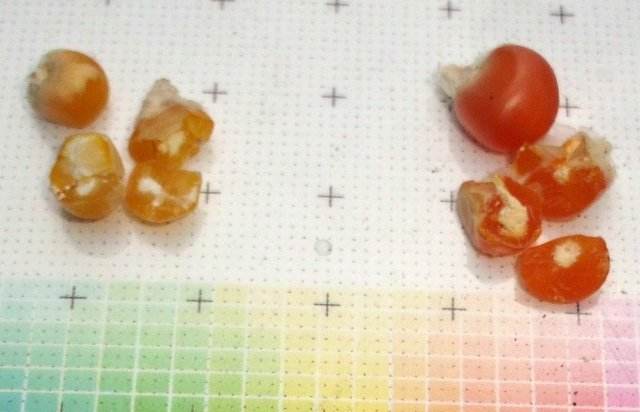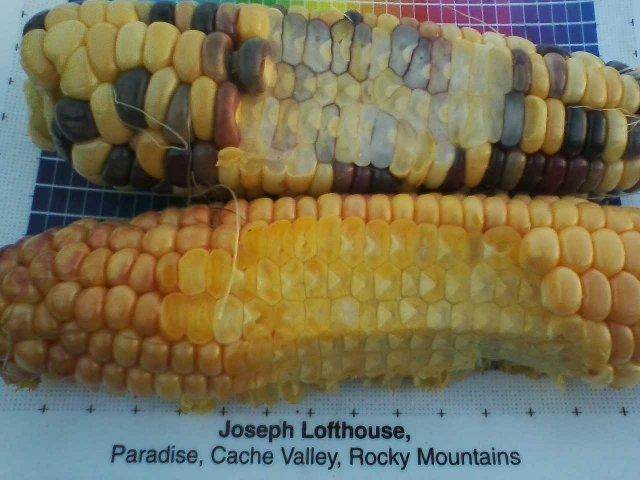
 1
1




Maureen Atsali
Wrong Way Farm - Kenya

 2
2








Maureen Atsali
Wrong Way Farm - Kenya





Maureen Atsali wrote:What is the purpose of propagating the micro wildflowers?
 2
2




Maureen Atsali
Wrong Way Farm - Kenya
 1
1




Observation is where intelligence is born.






 1
1









 1
1










 5
5









 3
3





 2
2








 1
1




Maureen Atsali
Wrong Way Farm - Kenya

 2
2




Joseph Lofthouse wrote:About 40 plants survived the freezing weather.




Joseph Lofthouse wrote:
allowed them to germinate in an unheated greenhouse > set them outside for about ten days > brought them inside. About 40 plants survived the freezing weather.
With forty shades of green, it's hard to be blue.
Garg 'nuair dhùisgear! Virtutis Gloria Merces





Karen Donnachaidh wrote:When you say, "brought them inside", to where may I ask? Back in to unheated greenhouse?




With forty shades of green, it's hard to be blue.
Garg 'nuair dhùisgear! Virtutis Gloria Merces

 1
1




Karen Donnachaidh wrote:Just wondering if unheated greenhouse, to outside's freezing temps, to a now heated greenhouse was too much fluctuation. Your thoughts?




With forty shades of green, it's hard to be blue.
Garg 'nuair dhùisgear! Virtutis Gloria Merces




Maureen Atsali
Wrong Way Farm - Kenya




With forty shades of green, it's hard to be blue.
Garg 'nuair dhùisgear! Virtutis Gloria Merces





 1
1





 1
1




Steve Bender wrote:Joseph I'm intrigued by the cold tolerant tomato plants. I'm curios if you've worked with pepper plants the same?

 4
4











 2
2










 2
2








 hope the market day was awesome! Can I ask how much you sell a tomato seedling for?
hope the market day was awesome! Can I ask how much you sell a tomato seedling for?Maureen Atsali
Wrong Way Farm - Kenya

 1
1




Maureen Atsali wrote:
hope the market day was awesome! Can I ask how much you sell a tomato seedling for?

 3
3





 3
3





 7
7





 1
1





|
Space seems cool in the movies, but once you get out there, it is super boring. Now for a fascinating tiny ad:
The new gardening playing cards kickstarter is now live!
https://www.kickstarter.com/projects/paulwheaton/garden-cards
|








